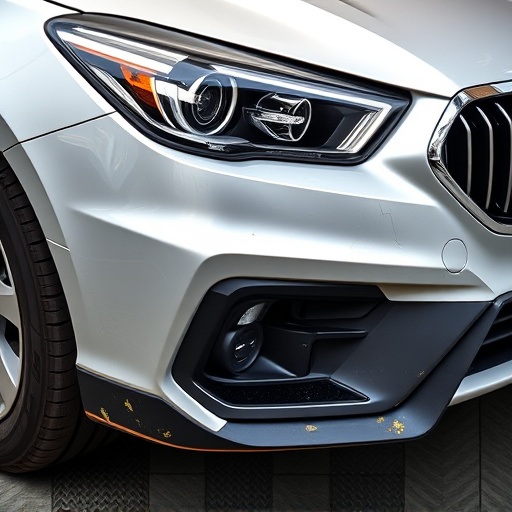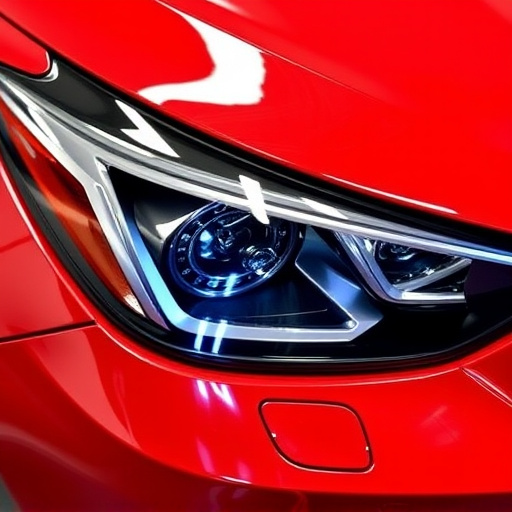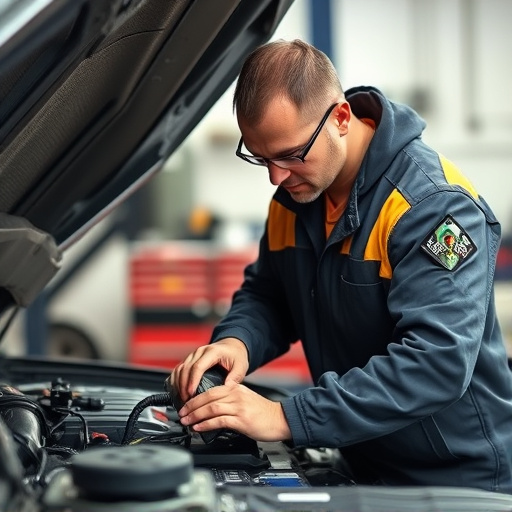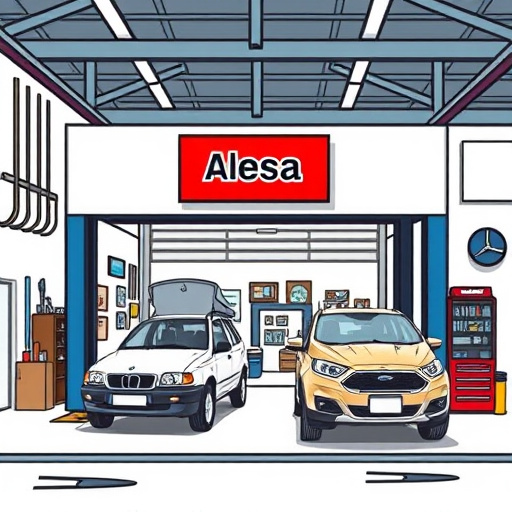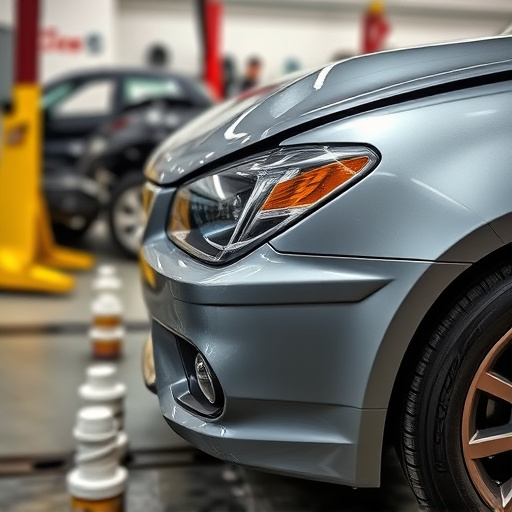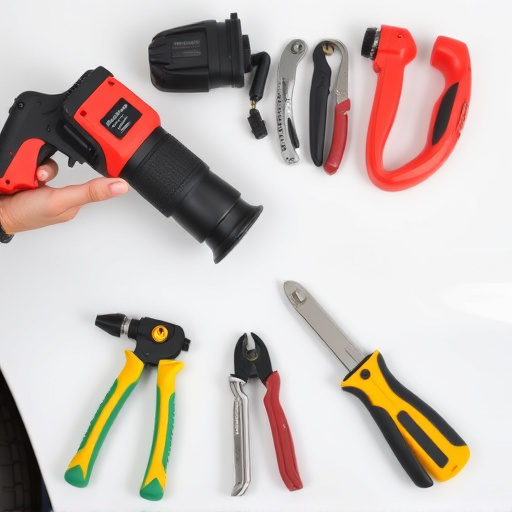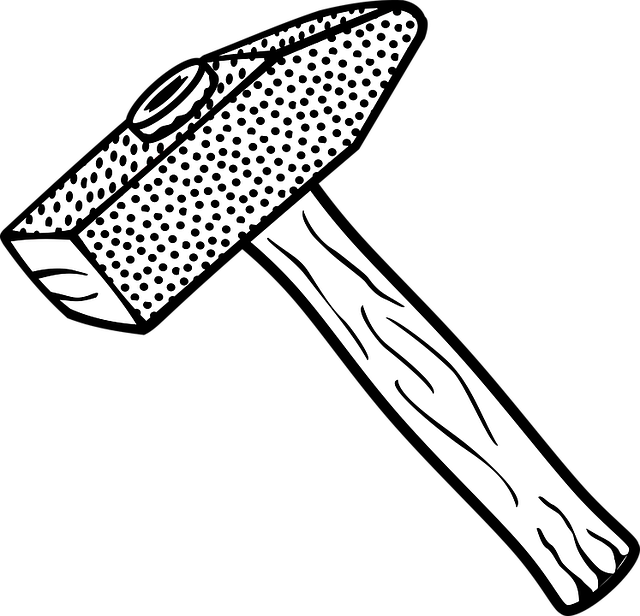Electroplating is a precise method for chrome repair and restoration, filling scratches with metallic chrome for aesthetics and corrosion resistance. Challenges like corrosion and deep dents require specialized cleaning and tools for optimal results, achieving factory-new appearances in auto painting and various items.
Uncover the secrets behind chrome repair and restoration with our comprehensive guide. Learn how electroplating, a powerful process, revitalizes damaged chrome surfaces. From understanding the fundamentals of this technique to mastering each step of the repair process, we’ll walk you through it all. Additionally, discover common challenges and their effective solutions, empowering you to achieve professional-grade chrome restoration results at home.
- The Basics of Electroplating for Chrome Restoration
- Step-by-Step Guide to Chrome Repair Process
- Common Challenges and Solutions in Chrome Restoration
The Basics of Electroplating for Chrome Restoration

Electroplating is a sophisticated process that plays a pivotal role in chrome restoration, offering a precise and effective method for repairing and enhancing damaged or worn-out chrome surfaces. At its core, electroplating involves using an electrical current to facilitate the transfer of metal ions onto a substrate, creating a thin, even layer of the desired material—in this case, chrome. This technique is particularly valuable in chrome repair as it allows for the restoration of not just the surface appearance but also the structural integrity of the metal.
By submerging the damaged part in an electrolyte solution and applying an electrical charge, the process attracts chromed ions to the surface, filling in scratches, pitting, or other defects. This not only improves the aesthetic appeal through a brilliant chrome finish but also increases corrosion resistance, making it ideal for various applications, including auto painting and automotive body work. The electroplating process is versatile, allowing for the restoration of not just automotive components but also decorative items, ensuring that their chrome finishes are as good as new.
Step-by-Step Guide to Chrome Repair Process
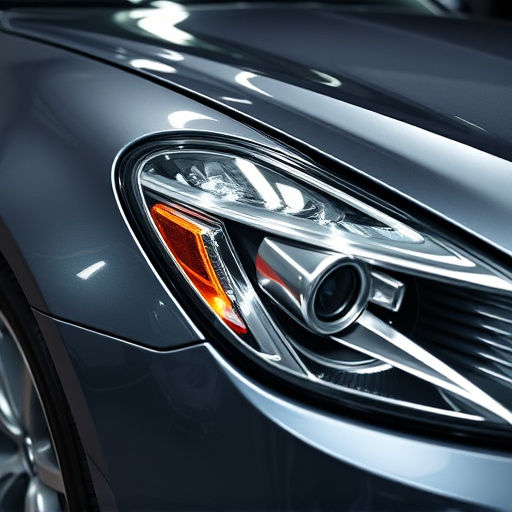
The chrome restoration process involves a meticulous series of steps to revive and enhance damaged or dulled-out chrome surfaces. Here’s a step-by-step guide that outlines the typical procedure for achieving pristine results, focusing on both visual appeal and structural integrity.
1. Preparation: Begin by thoroughly cleaning the damaged area to remove any dirt, grease, or existing coatings. This crucial step ensures optimal adhesion during the electroplating process. Sanding might be required to smooth out rough surfaces, preparing them for the next stage. In an auto body shop, this often includes meticulous collision damage repair techniques to ensure the chrome is in ideal condition before restoration.
2. Electroplating: The heart of the chrome repair process lies in electroplating, a sophisticated technique that involves depositing a thin layer of metallic chrome onto the prepared surface. This is done by submerging the part in an electrolyte solution and applying an electric current. The result is a pristine, glossy chrome finish. For automotive repair services, this meticulous process not only restores the vehicle’s aesthetic appeal but also adds a protective layer, enhancing its overall durability and longevity.
Common Challenges and Solutions in Chrome Restoration
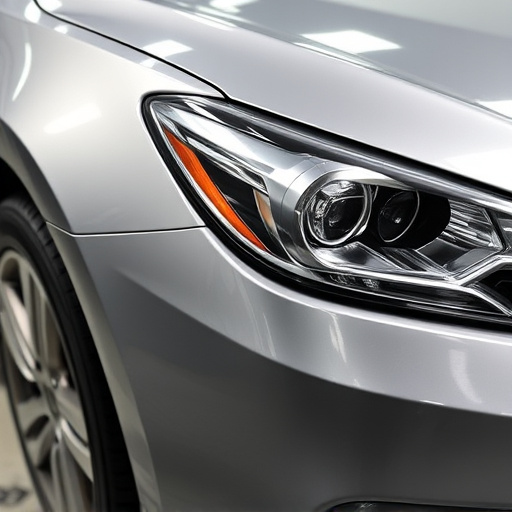
In the realm of chrome restoration, several common challenges present themselves that can hamper the process and outcome of chrome repair. One significant hurdle is corrosion, which often occurs due to exposure to moisture or environmental factors. This issue demands careful attention during the restoration process, as even a slight overlook can lead to unsightly spots or imperfections in the final finish. A proven solution involves utilizing specialized cleaning solutions and techniques to remove corroded layers, ensuring the underlying metal surface is free from contaminants before proceeding.
Another challenge that car repair shops often face is repairing deep dents or scratches in chrome components, such as car trim or accessories. While minor dents can be effectively addressed with dent repair kits, more extensive damage may require professional intervention. The use of precision tools and techniques, combined with high-quality chrome plating, can restore these damaged areas to their original condition, ensuring a seamless and attractive finish comparable to that of factory-new parts, even in the context of car paint repair.
Chrome repair and restoration is a meticulous process that, when mastered, can revive worn or damaged automotive parts. By understanding the electroplating process discussed in this article—from the basics of how it works to common challenges and solutions—restorers can achieve professional-grade results. This knowledge equips them to navigate the intricacies of chrome repair, ensuring lasting restoration for a wide range of metal surfaces.
